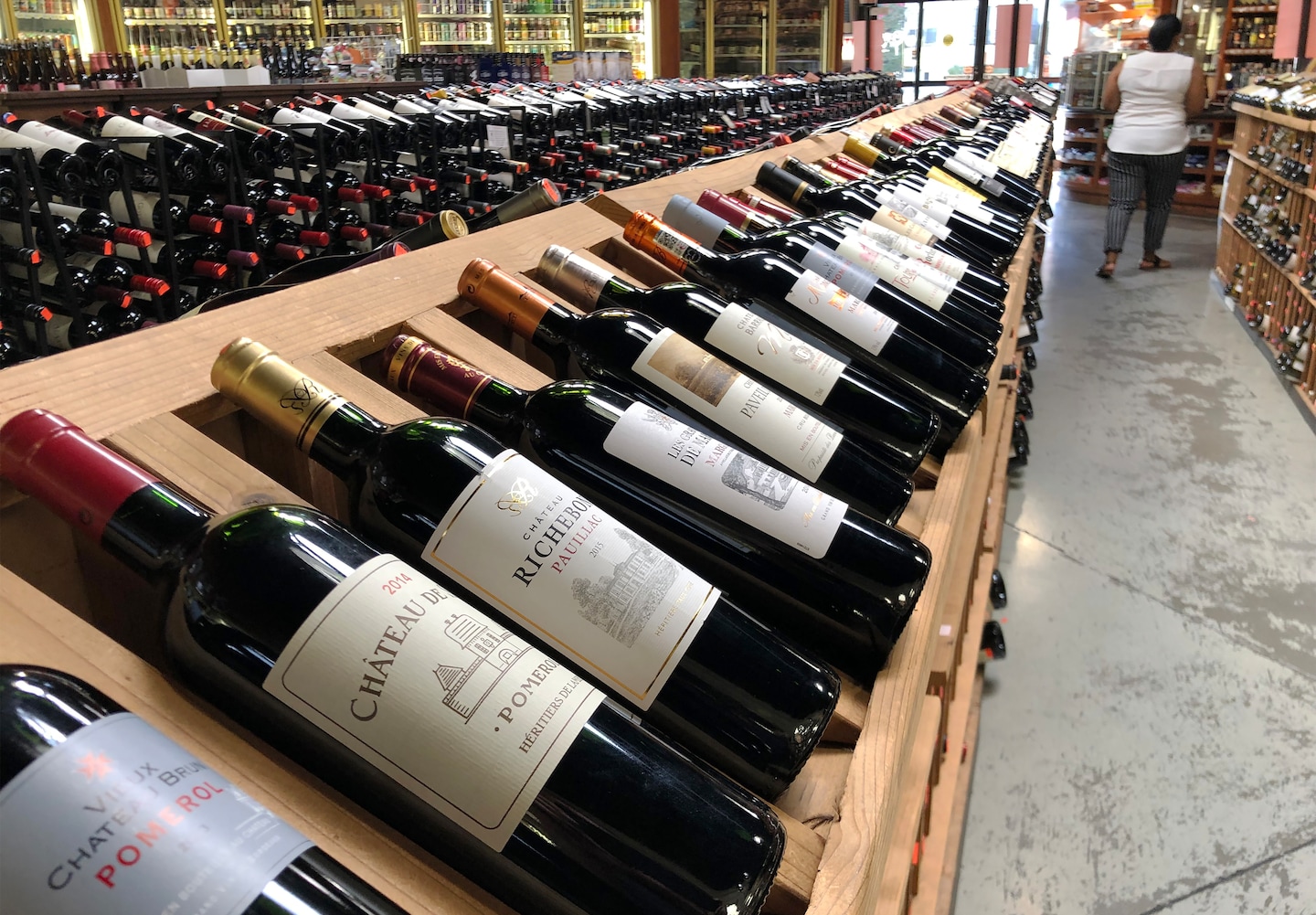Wine labels can be vague, and drinkers are thirsty for clarity

As I wrote last week, brands such as Avaline, the new label from actress Cameron Diaz and entrepreneur Katherine Power, are using these assertions to put wine in the wellness or “better for you” category. FitVine wines postulate that a truly “dry” chardonnay is unusual, and perhaps scare you about added sugar in wine. Several other brands make similar health claims. Wine is losing market share to hard seltzers that list not just their alcohol level, but also calories and carbohydrates.
While such health proclamations are at least disingenuous and perhaps dubious, they highlight two problems facing the wine industry. The first is that the image of wine as a luxury beverage, a symbol of the good life, no longer matches the aspirations of today’s consumers who want to know what goes into their bodies. Farm to table, organic and “healthy” are more about what we drink than how we look while drinking.
The second problem is transparency. We’re told that wine is food, to be enjoyed at the table. Yet, while we’re accustomed to checking ingredients on food labels, and maybe avoiding those with higher sodium, fat or carbohydrates, we find no such labels on wine. There are reasons for that, but the lack of ingredient transparency leaves wine open to questionable assertions and marketing of “clean” wines.
When Diaz rails against the “more than 70 additives” wineries are allowed to use, she essentially cancels sustainable, organic or biodynamic certifications as meaningless. That’s unfortunate, because those certifications aim for the same transparency Diaz is arguing for.
“The one grocery store item that gets away with revealing nothing about its contents is wine,” W. Blake Gray wrote on wine-searcher.com in May. “Food products are required by law in most countries to reveal everything in them. But wine has always gotten a pass.” Gray argued that smaller wineries would have the most to gain by added transparency, because they are less likely to use additives.
Well okay, but let’s take one of my favorite foods, Tate’s Chocolate Chip Cookies. These are made according to a recipe that never changes. Every batch is the same crunchy deliciousness; the ingredient list and nutrition information remain the same. Contrast that to a winemaker who, in any given vintage, might need to add tartaric acid to balance a wine. Foods are regulated nationally; alcohol is regulated by the states. A change to a wine label might require several different regulatory approvals, at considerable expense to the winery. That burden would fall especially heavy on smaller wineries.
This argument was made by Adam Lee, the founder of Siduri winery, and now proprietor of Clarice wines and a consultant with several wineries. He responded to Gray’s article with his own on wine-searcher.com arguing against requiring ingredient labeling.
“Smaller wineries, who adjust their winemaking to adapt to the unique vintage conditions, would be disincentivized to do so,” Lee argued. “Labels must be printed months ahead of time, and if a smaller winery decides afterwards that the wine would be better with an acid addition, they couldn’t do so without being in violation of the law.”
Lee suggested wineries put a QR code on their labels that consumers could scan with their smartphones to learn about how a wine was made.
“Have those [codes] lead to a winery’s website, where they list ingredients, additives . . . and processes,” Lee wrote. “These websites can be updated after the wine is bottled (and long after the labels are printed) and aren’t reviewed by state authorities, thus not costing smaller wineries additional dollars.”
This approach would also allow wineries to “reflect the care and concern they put into making their wines and tell you fully not only what they are doing but why they are doing it,” he wrote.
I think this is a terrific idea, and I hope the industry adopts it. It would be so much better than the silly apps that have wine labels “coming to life,” because we would actually learn more about the wines we are buying and consuming. Instead of wine geek stats such as total acidity and residual sugar, it should include calories and carbohydrates, the information real people are interested in. This would require wineries — especially smaller ones — to be more adept and forthcoming in their Web presence, something they are notoriously bad at. That would be good for the wineries and for us.






